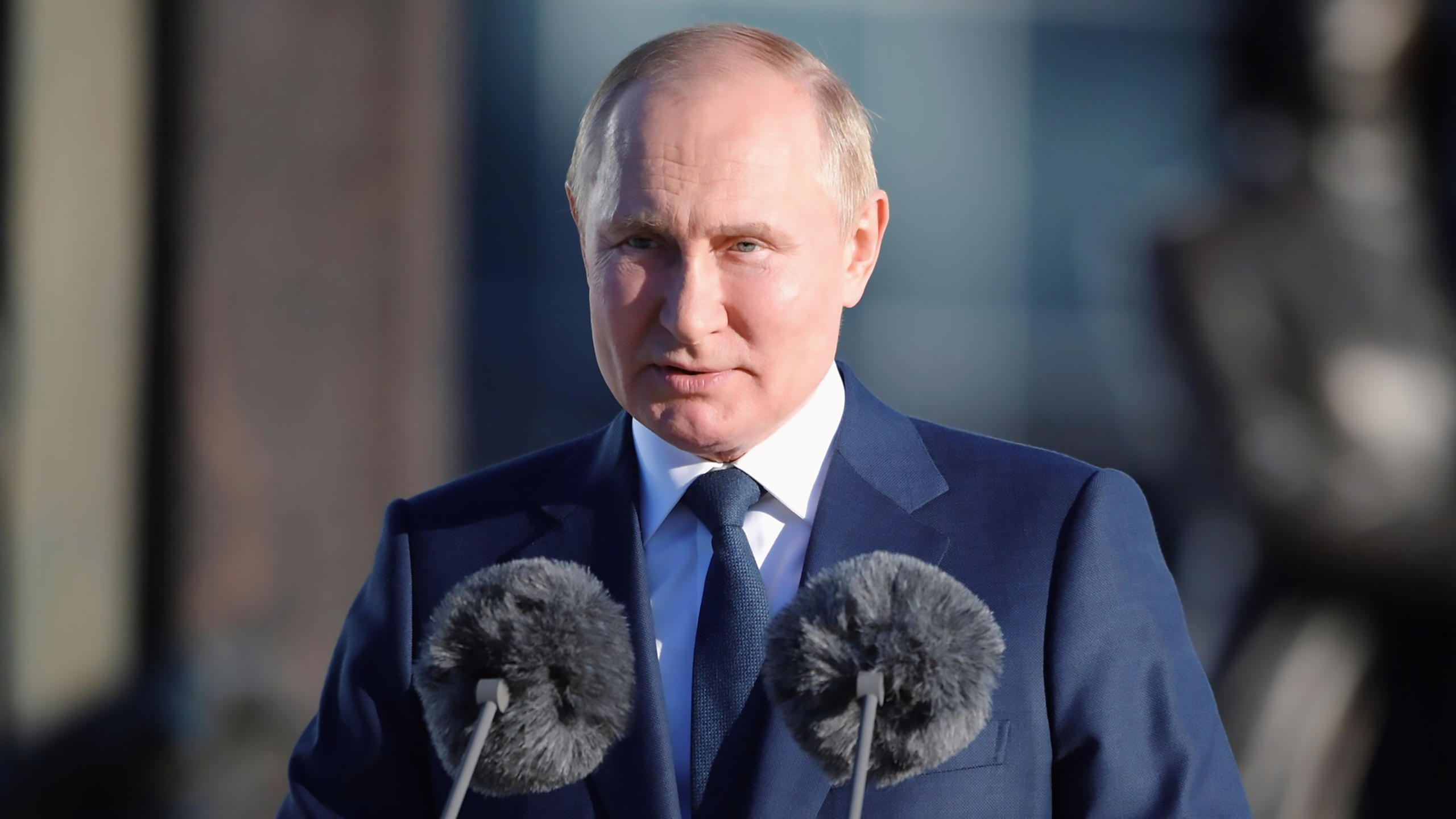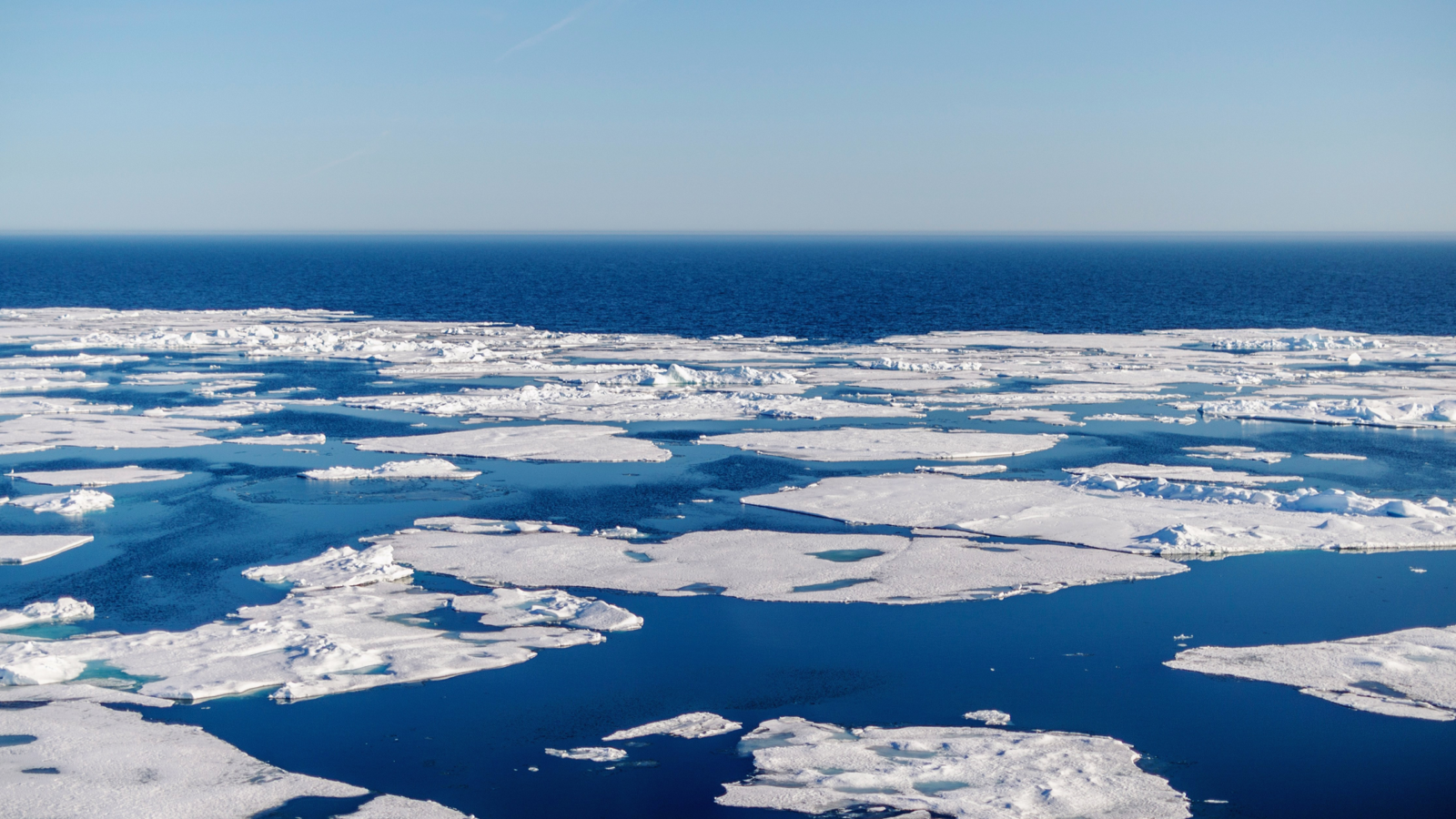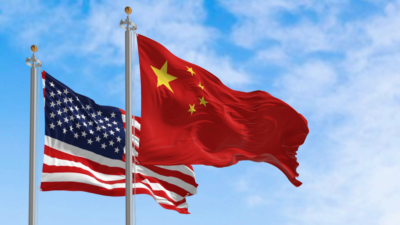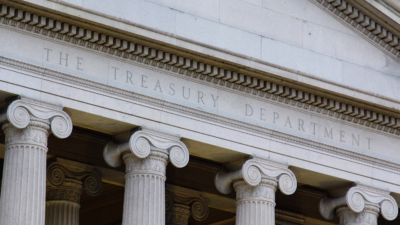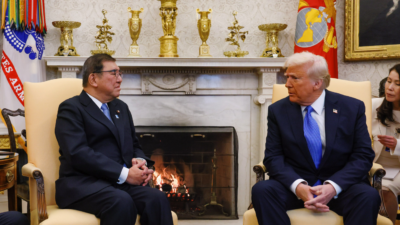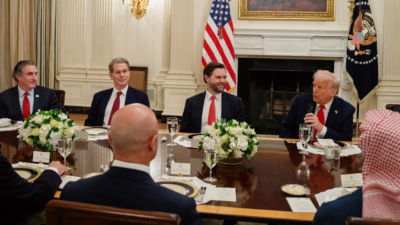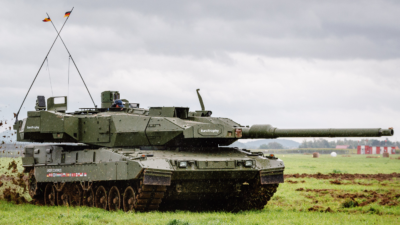Would a Mended US-Russia Relationship Benefit America All That Much?
The resolution of the nearly three-year Ukraine-Russian War will undoubtedly provide a peace dividend of some sort. But just how big?
Sign up for smart news, insights, and analysis on the biggest financial stories of the day.
Whatever you think of the diplomacy – or lack thereof – that brings it about, the resolution of the nearly three-year war between Ukraine and Russia would undoubtedly provide a peace dividend of some sort. It’s just not likely to be nearly as big as promised.
Envoys from US and Russia met in Saudi Arabia on Tuesday, absent Ukrainian and European counterparts, where one senior Russian official heralded a supposed jackpot for American corporations under a renewed relationship. Data suggests the claim should be taken with a grain of Kostroma salt.
Spinning the Macro
Russia’s relations with the west have remained at a post-Cold War nadir since the 2022 invasion of Ukraine. In the fallout, America and its allies ratcheted up sanctions targeting Russia’s central bank, energy companies, oligarchs and high-ranking officials, leading to some predictions that the country’s economy would collapse.
Russian growth, however, has been resilient — at a clip of 4.1% last year, for example, which led to much chest-thumping from its president, Vladimir Putin. Kirill Dmitriev, the director of Russia’s sovereign wealth fund, went into the meeting with American counterparts in Riyadh earlier this week touting his country as an economic opportunity. At the center of his case was a document he shared claiming American companies had lost $324 billion by exiting Russia’s supposedly booming economy — he claimed IT and media companies lost $123 billion, consumer and healthcare firms $94 billion and the finance sector $71 billion. On Wednesday, multiple outlets reported that Dmitriev had no qualm with trumpeting those calculations to journalists, either.
But a closer look suggests the Russian economy is not exactly a booming opportunity:
- Russia’s GDP growth is essentially propped up by stimulus in the form of military spending, which comprises roughly 10% of GDP — Christina Harward, a Russia analyst at the Institute for the Study of War noted Wednesday that Russia is likely pushing for a resolution now because that’s unsustainable. Inflation, meanwhile, is so dire that the Central Bank of Russia has lifted its key interest rate to 21%.
- Last month, the Moscow-based Center for Macroeconomic Analysis and Short-Term Forecasting (CAMAC) painted a dire picture of Russia’s non-defense economy, writing that “stagnation has been observed since mid-2023.” Companies have also relied on massive amounts of credit — much of it issued at risky floating rates — and debt markets began to deteriorate in November and December, when a “credit crunch” saw “the issuance of new bank loans in the most significant segments fall by 30-50%,” according to CAMAC.
It Gets Worse: Craig Kennedy, an associate at Harvard’s Davis Center published estimates last week based on Russian central bank data showing the country’s corporate debt load has risen more than 70%, or 36.6 trillion rubles ($446 billion), since 2022. Secretary of State Marco Rubio told his European counterparts Tuesday that US sanctions will remain in place until a deal to end the Ukraine war is made; since Ukraine itself wasn’t party to the negotiations, the path to an agreement is unclear.
